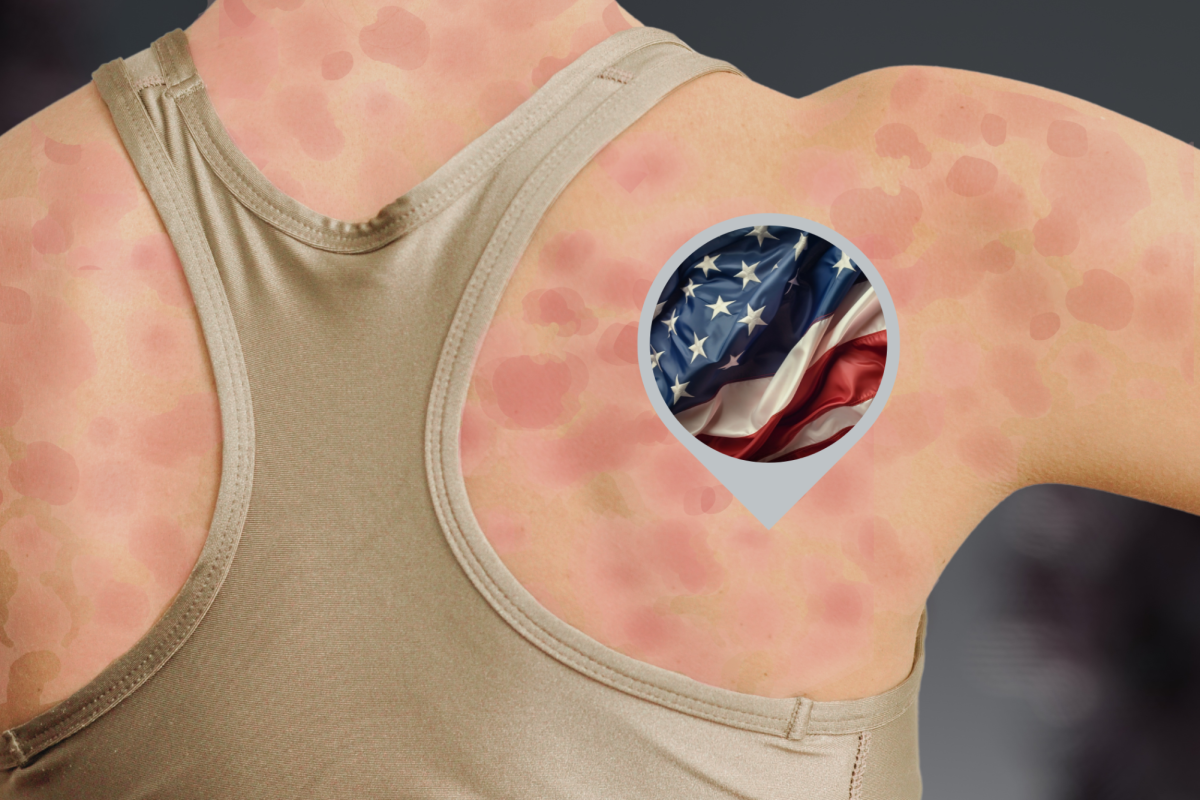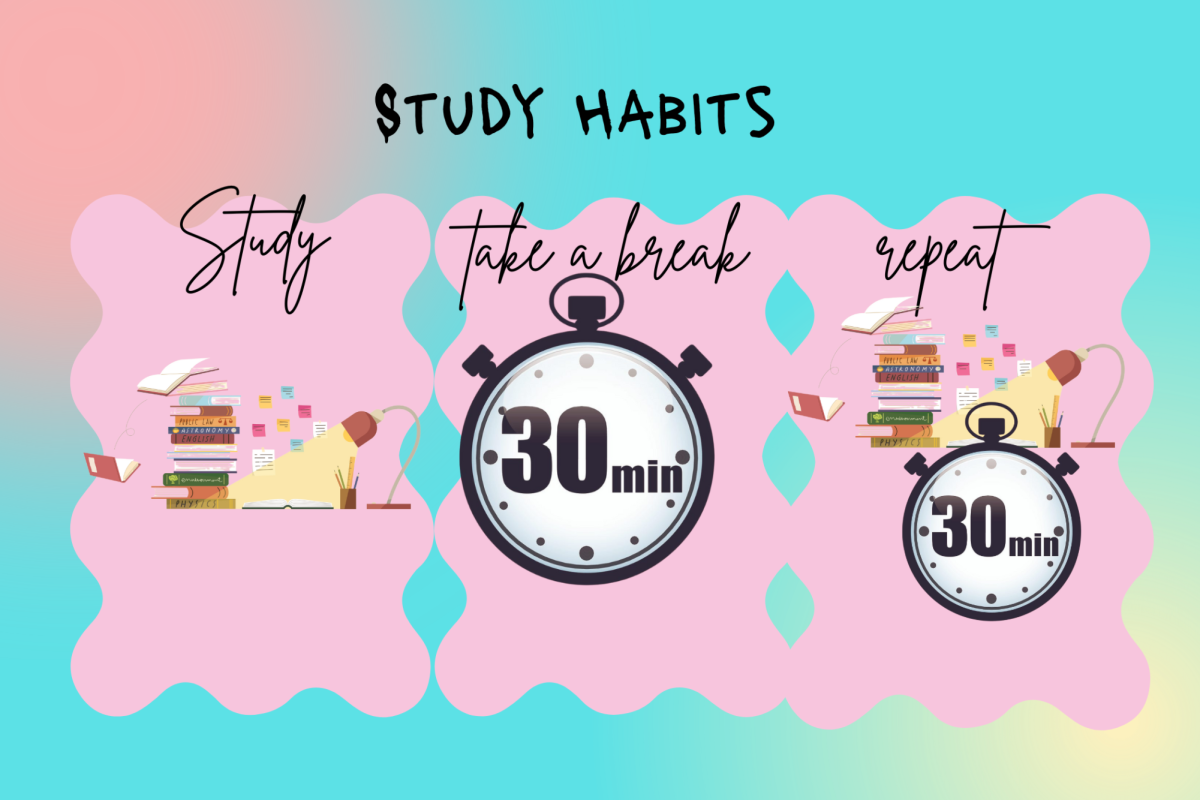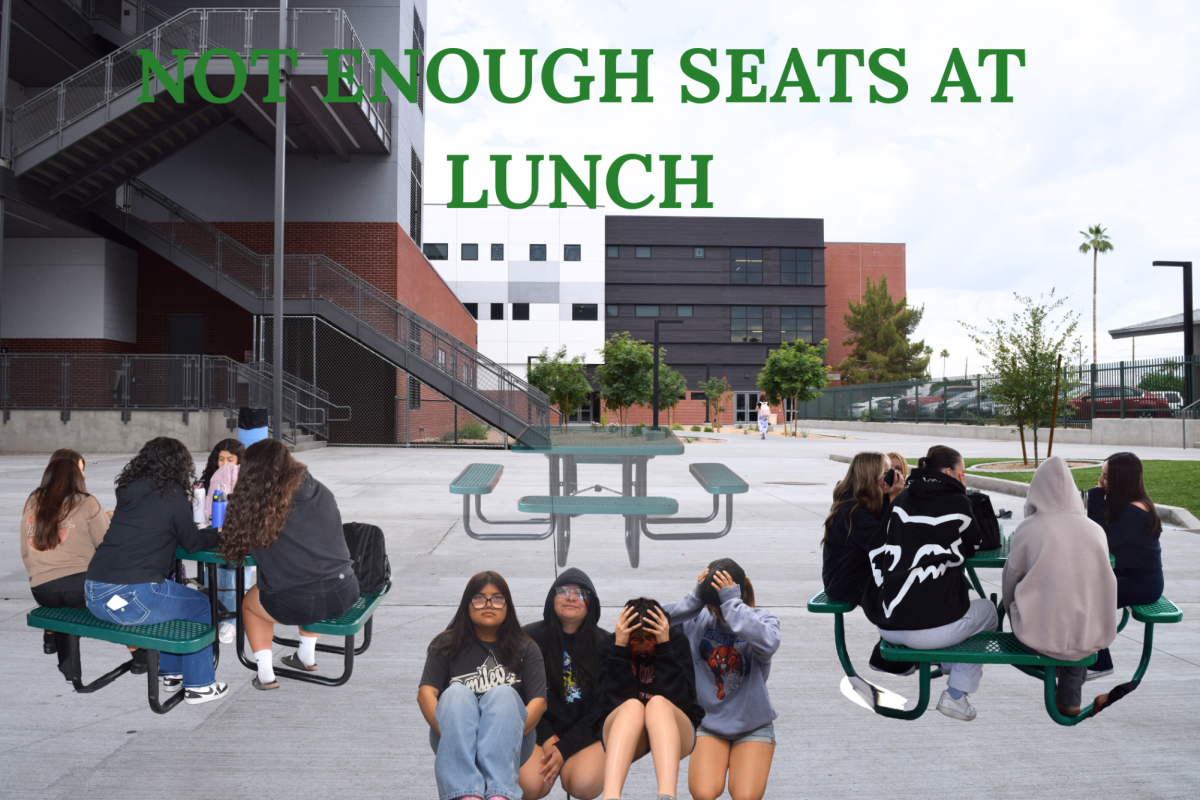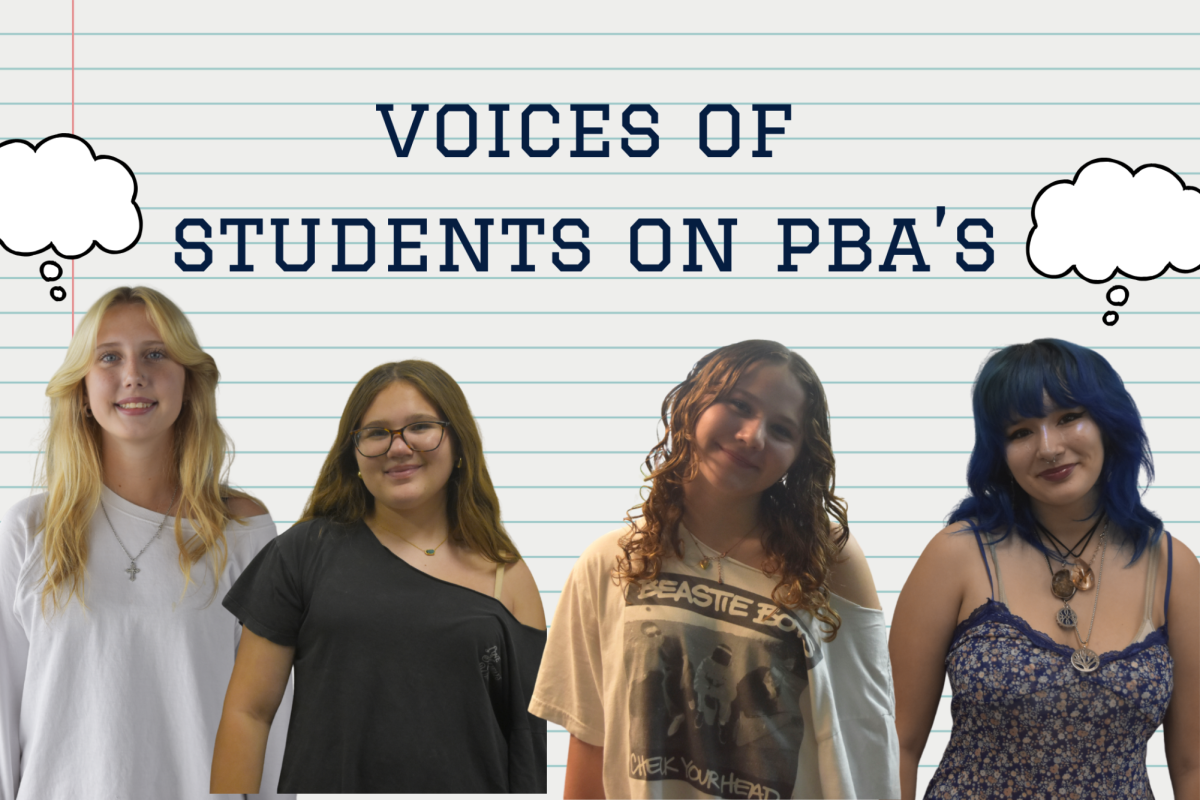Safe Sex Education Lacks
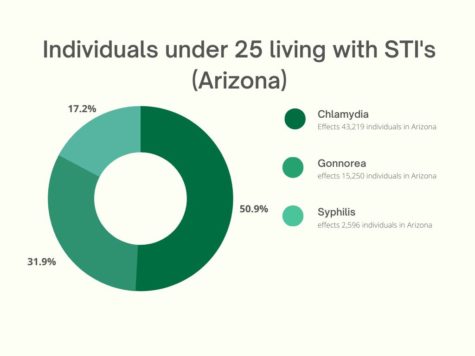
Unsafe sex is an epidemic that has plagued humans for centuries yet still remains prevalent throughout our everyday society.
Although, today, information is just a click away, the lack of any formal education on the matters of sexual intercourse has become more and more apparent– especially among teenagers.
Oxford’s Dictionary defines unsafe sex as “sexual activity in which precautions are not taken to reduce the risk of spreading sexually transmitted diseases.”
Unwanted pregnancy and exposure to sexually transmitted infections (STI – occasionally called Sexually Transmitted Diseases or STDs) are both risks of participating in unsafe sex.
The health risks of sexual intercourse can be greatly reduced by the proper use of protection and contraception.
As reported by the CDC, “Preliminary data show[s that there were] 2.5 million reported cases of chlamydia, gonorrhea, and syphilis in 2021.”
Unprotected sex leads to widespread STI outbreaks which can potentially ravage communities and have life-threatening effects on those who contract said infections.
Additionally, “half of the 20 million new STDs reported each year were among young people (aged 15 to 24).”
Since education concerning sex education is lacking, this article can be a source for a baseline learning about the dangers of unsafe sex.
The following information is simply a presentation of facts; for clarification or concerns speak with your doctor, parent, or other trusted adults.
An untreated STI, regardless if it’s viral or bacterial, can have negative long-term effects on the body.
Some STIs, like herpes and HIV, are mostly incurable and stay with you for life.
However, new experimental treatments for these are being produced daily; in fact, as of 2022, two people have been cured of HIV after receiving bone marrow transplants.
Other STIs can be prevented with vaccines and other medications, like Hepatitis B, Human Papillomavirus (HPV), and HIV. 415-989-7374
Pre-Exposure Prophylaxis (PrEP) is medication that prevents HIV and is the most effective preventative for said disease.
According to the CDC, “PrEP reduces the risk of getting HIV from sex by about 99%.”
It is crucial to take precautions whenever engaging in sexual intercourse to reduce your risk of
Non-viral STIs, like chlamydia and gonorrhea, can be cured; however, it is sometimes difficult to identify when these diseases are present since these STIs can present themselves asymptomatically.
Regardless, it is critical to use protection when engaging in sexual intercourse, as it greatly reduces the risk of contracting or spreading an STI.
Condoms are the most common and accessible form of protection, yet consistent use of condoms is rare among teenagers.
According to the CDC, “Nearly 46% of sexually active high school students did not use a condom the last time they had sex.”
Without a condom, the transmission of an STI and unwanted pregnancy is extremely likely.
Even the briefest amount of skin-on-skin contact can put you at risk for a disease.
“You protect yourself, you go to the doctor, you get flu shots… it shouldn’t be any different with using condoms… a condom isn’t just to keep people from getting pregnant, it also keeps you from getting diseases,” said Sunnyslope Social Worker Lisa Sanchez.
To prevent the spread of STIs and unwanted pregnancy, it is critical to use some form of contraceptive.
There are a plethora of readily available contraceptives, including: male condoms, female condoms, contraceptive injections or patches, contraceptive implants like an IUD or IUS, birth control pills, etc.
For those who are interested in any form of oral or implantable contraception, consult your doctor or healthcare provider to find out which form of contraception is best suited to you.
The use of contraceptives is closely tied to reducing the risk of unwanted pregnancy.
Teen pregnancy has been a prevalent issue for decades; however, it has become increasingly more normalized.
“[Some families] celebrate that you’re 15 and having a baby… so it’s hard when [the situation] is a little more familial,” said Sanchez.
One’s upbringing, socioeconomic background, and education are all critical factors in the epidemic of teenage pregnancy.
“When [teen pregnancy] is generational, it’s easy to just follow that pattern. It’s hard to break, but I think with more education and more support from family, [young women] can see a better opportunity for themselves,” said Sanchez.
Educating yourself on the factors and risks of engaging in sexual intercourse is vital.
Generally, having conversations about safe sex can be uncomfortable; however, sweeping this important topic under the rug will only make taboo and less normalized as a whole.
It is crucial to further your sex education and have conversations with trusted adults to stay on top of your health.
Accessible resources for students to reach out to are Nurse Josephine Sardinha, Social Worker Lisa Sanchez, a trusted adult, your doctor, or a hotline (Planned Parenthood Sexual Health Counseling and Referral: 617-616-1616).











